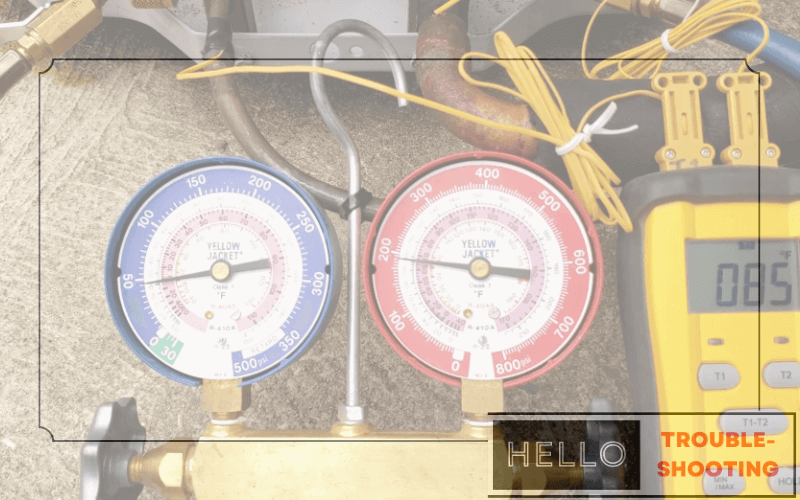High Superheat High Subcooling: Optimize Your HVAC System Efficiency
High superheat and high subcooling indicate potential issues in an HVAC system. These conditions suggest improper refrigerant levels or system restrictions. High superheat occurs when the refrigerant vapor is excessively …





